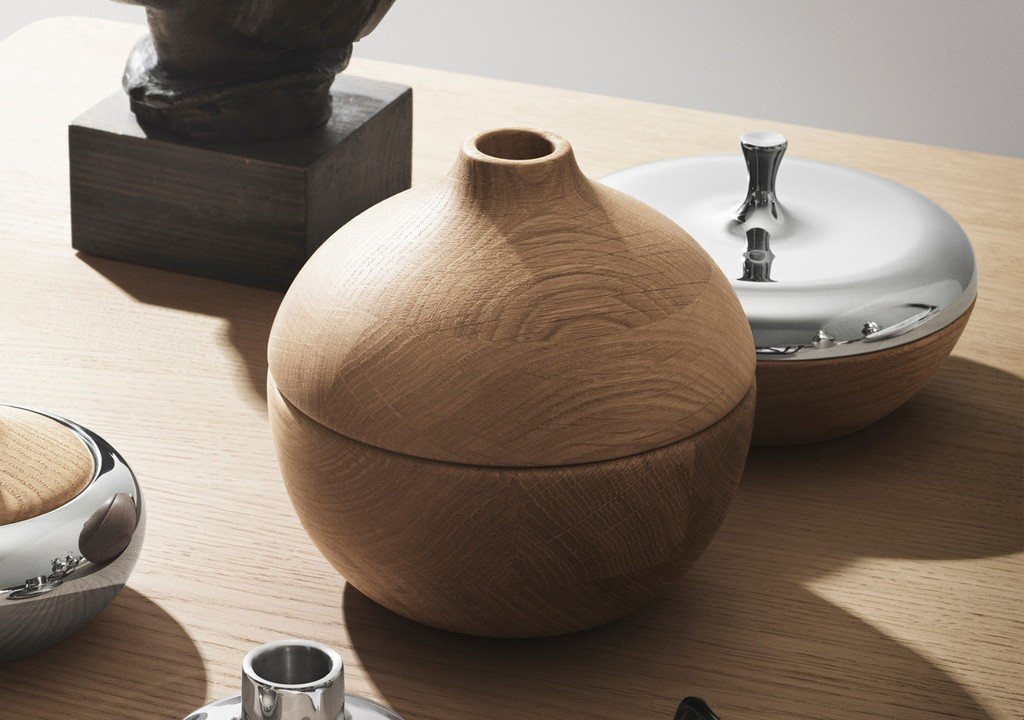The choice of decoration materials directly affects the aesthetics, safety and living comfort of the home. Faced with a wide range of products on the market, how can we avoid “IQ tax” and find the most cost-effective solution? This article will start from four aspects: material selection principles, material recommendations, pitfall avoidance skills, and environmental protection considerations, to help you easily make a decision on decoration materials!
- Core principles of material selection: demand-oriented, scientific matching
Clear demand and budget
Choose materials according to the decoration style (such as simple, Nordic or light luxury). For example, a simple style can choose matte tiles or plain latex paint, while a light luxury style can be matched with natural stone or metal finishes19.
Budget allocation should give priority to high-frequency use areas (such as kitchen countertops and bathroom waterproof materials) to avoid excessive investment in low-frequency areas113.
Performance indicators cannot be ignored
Environmental protection: Give priority to products that meet national environmental protection standards (such as E1 grade) to avoid excessive formaldehyde. For example, laminate flooring needs to pay attention to formaldehyde emission, and latex paint should be low VOC type410.
Durability: Quartz stone (high hardness and stain resistance) is recommended for kitchen countertops to avoid the problem of rock slabs being easy to crack due to brittleness13.
Functionality: Bathroom tiles need to be non-slip (full body tiles are best), and antibacterial latex paint can be selected for wall paint49.
Balance between brand and quality
Well-known brands are more reliable in quality control and after-sales service, but some niche brands (such as environmentally certified boards) may be more cost-effective17.
- Material classification and recommendation: scientific material selection according to space
- Wall materials
Latex paint: cost-effective, easy to clean, suitable for the whole house wall. When choosing, you can pay attention to the number of scrubs (recommended ≥50,000 times)109.
Wallpaper/wall cloth: suitable for local decoration (such as bedroom background wall), non-woven fabrics or pure paper materials are recommended to avoid PVC materials from releasing harmful gases106.
Tiles: glazed tiles (anti-fouling) or full-body tiles (anti-slip) are preferred for kitchens and bathrooms, and large-sized vitrified tiles (to enhance the sense of space) can be selected for living rooms49.
- Floor materials
Wooden flooring:
Solid wood composite flooring: strong stability, suitable for floor heating environment, and the price is only 50%~70% of pure solid wood137.
Laminated flooring: wear-resistant and scratch-resistant, suitable for families with children or pets, but it is necessary to ensure that environmental protection standards are met1310.
Ceramic tile/stone: polished tiles (high gloss) are recommended for the living room, and antique tiles (anti-slip texture) are optional for the bathroom 49.
- Top material
Gypsum board ceiling: cost-effective, suitable for simple style, with hidden light strips to enhance the sense of hierarchy 913.
PVC gusset plate: the first choice for kitchens and bathrooms, moisture-proof and easy to clean, but pay attention to the fire rating 107.
- Pit avoidance guide: Don’t pay these “IQ taxes” again!
Stone slab countertop vs quartz stone
Although the stone slab is beautiful, it is easy to break when the thickness is less than 1.2cm, and the price is high. Quartz stone (1.5~2cm thickness) is more cost-effective and has strong impact resistance 13.
Pure solid wood flooring vs solid wood composite flooring
Pure solid wood is prone to moisture and deformation, and problems frequently occur in floor heating environments. Solid wood composite flooring has a stable structure and a more affordable price 137.
Complex TV background wall vs. practical design
Stone board + wooden grille background wall costs over 10,000 yuan and is easy to accumulate dust. It is recommended to use latex paint + suspended cabinet combination, which is both beautiful and storage function139.
Bathtub vs. Shower partition
Bathtubs are rarely used and are difficult to clean. Shower partitions (tempered glass + 3C certification) are more cost-effective and have better dry and wet separation effect1310.
IV. Environmental protection and health: solutions to invisible risks
Beware of “pseudo-environmental” materials
Some merchants claim that “zero formaldehyde” boards may only meet the minimum standards. It is necessary to check the specific values in the test report (such as formaldehyde emission ≤0.124mg/m³)610.
Recommendation of new environmentally friendly materials
Natural rubber floor: non-toxic, recyclable, with both anti-slip and noise reduction functions, suitable for children’s rooms6.
Bamboo fiberboard: made of fast-growing bamboo, antibacterial and mildew-proof, suitable for kitchen and bathroom walls9.
Environmental protection details in construction
When treating the wall base, avoid using putty with high glue content; it is recommended to use low formaldehyde adhesive for tile paving97.
V. Key points of construction technology: perfect combination of materials and processes
Tile paving
The base needs to be roughened (depth 5~10mm), and the line should be drawn before paving, leaving a gap of 1.5~2mm to prevent thermal expansion and contraction94.
Wooden floor installation
It is recommended to pave solid wood composite floor in a suspended manner, with expansion joints reserved; laminate flooring can be installed in a lock-type manner to reduce the use of glue713.
Wall paint construction
Before painting, ensure that the wall is flat, and it is recommended to use the “one base and two sides” process (1 coat of primer + 2 coats of topcoat) to improve the durability of the paint film109.
Conclusion: Rational material selection to create a cost-effective home
The core of decoration materials is “suitable” rather than “expensive”. By scientifically planning needs, comparing performance parameters, and drawing on practical pit-avoiding experience, high-quality homes can be achieved even with a limited budget! It is recommended to consult a professional designer or construction team before making a final decision and optimize the plan based on the characteristics of the apartment.19


